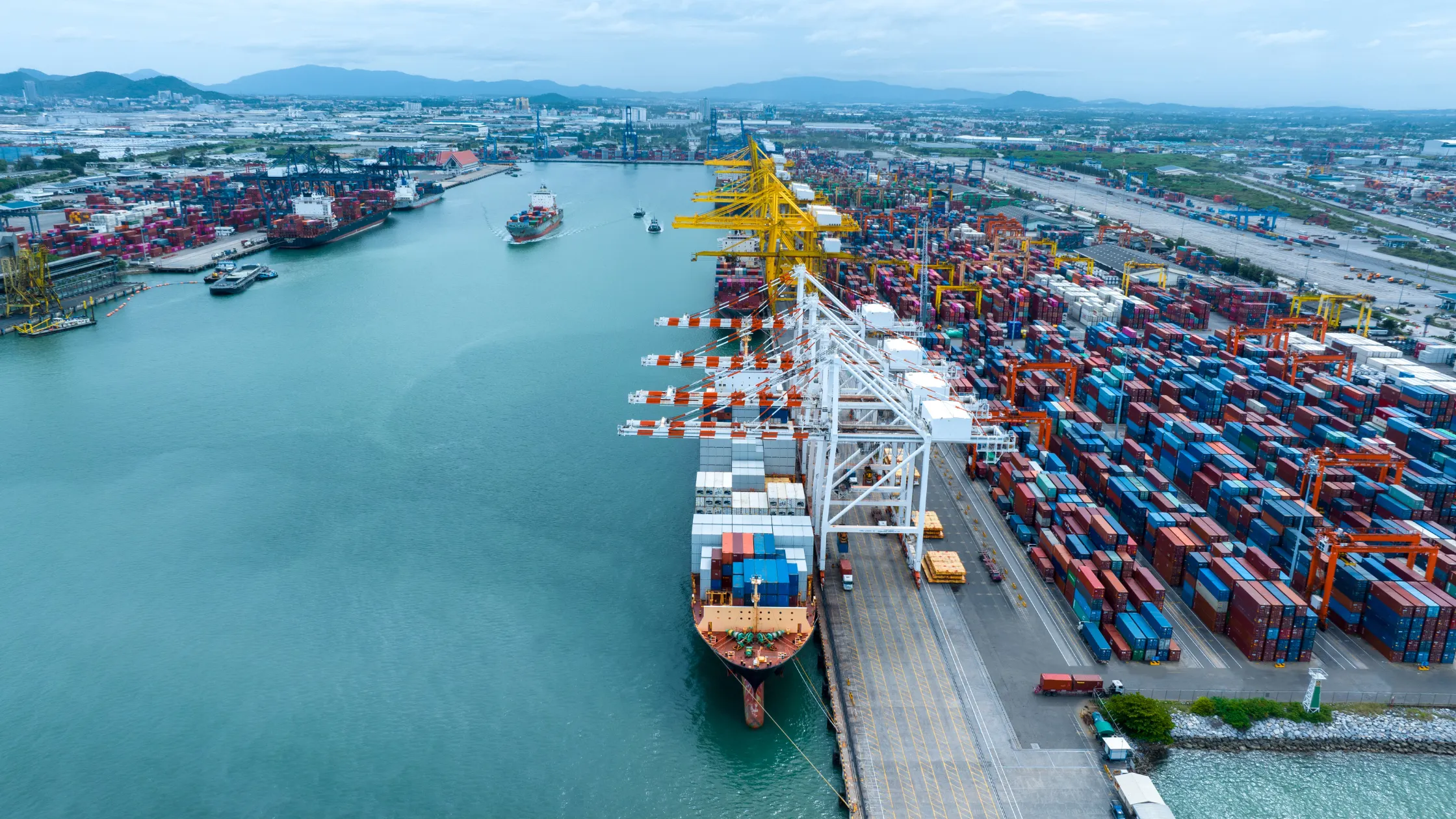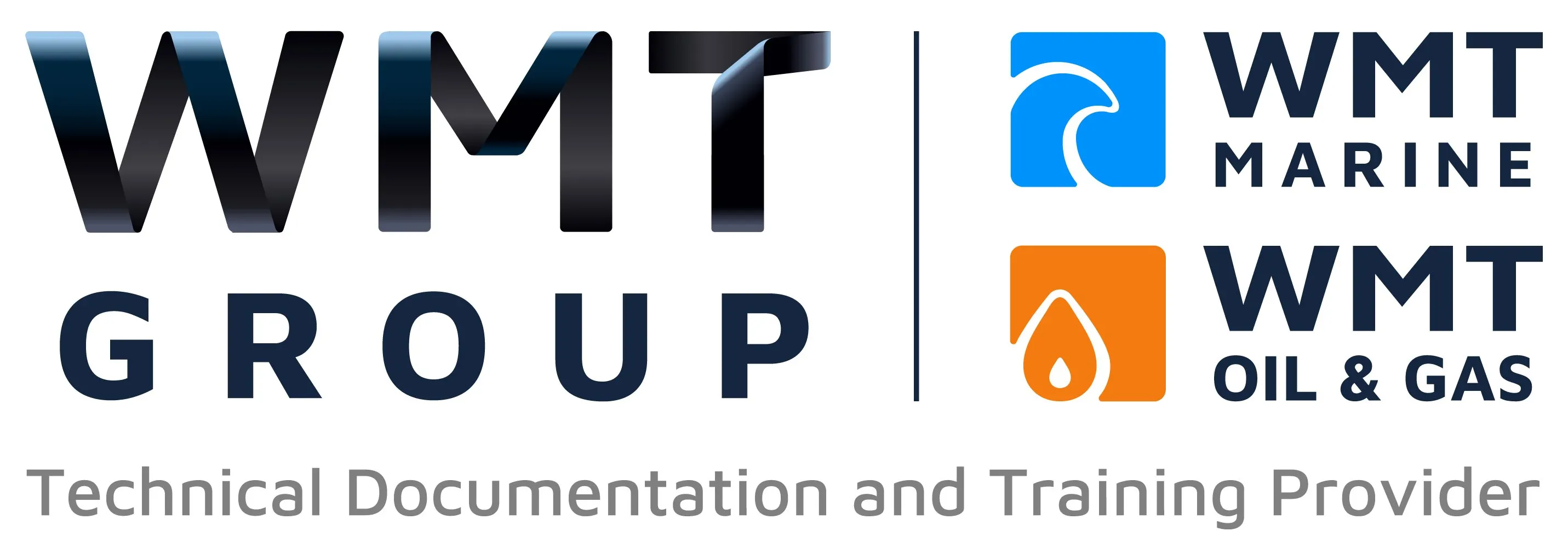Step- by- step Guide to Developing Operation Procedures- Trusted Process from WMT Marine

Introduction
Creating clear and compliant vessel operation procedures is critical for ensuring safety, efficiency, and regulatory compliance onboard marine and offshore vessels. From day-to-day operations to emergency protocols, each step must be well-documented and easy to follow. That’s where expert technical writing makes all the difference.
At WMT Marine Ltd, based in Deeside Industrial Park, Flintshire, we specialise in technical documentation for the marine and offshore oil and gas sectors. In this guide, we break down a step-by-step process for developing vessel operation procedures that meet industry standards and support smooth operations at sea.
Why Vessel Operation Procedures Are Essential
Properly written operation procedures help:
- Prevent operational errors
- Ensure crew safety and readiness
- Meet international and UK maritime regulations
- Support audits, training, and inspections
- Increase vessel uptime and efficiency
Whether you're managing a supply vessel, tanker, or offshore platform, vessel-specific procedures are not just helpful—they're mandatory.
Step-by-Step Guide to Developing Vessel Operation Procedures
Step 1: Conduct a Vessel System Audit
Start with a detailed assessment of the vessel’s machinery, navigation systems, safety equipment, and onboard processes. Understanding how the vessel operates in practice is key to writing accurate and relevant procedures.
Step 2: Identify Applicable Regulations
Ensure procedures align with:
- IMO (International Maritime Organization) codes
- SOLAS (Safety of Life at Sea)
- ISM Code (International Safety Management)
- UK MCA (Maritime and Coastguard Agency) standards
- Classification Society requirements
At WMT Marine, we cross-check all procedures with the latest UK and global compliance standards.
Step 3: Define Standard Operating Procedures (SOPs)
Break down each major operation into logical steps, such as:
- Starting and shutting down engines
- Fuel transfer and storage procedures
- Navigation system checks
- Mooring and anchoring steps
- Emergency evacuation plans
Each SOP should be tailored to the specific vessel type and function.
Step 4: Write in Clear, UK English
Avoid ambiguous terms and complex language. Use consistent terminology throughout the manual, and structure sentences using active voice. WMT Marine’s writing team ensures all content is readable by multi-national crews.
Step 5: Add Visual Aids and Safety Icons
Where possible, include:
- Equipment diagrams
- Flowcharts
- Safety labels and hazard symbols
- Step-by-step visuals
Visual references enhance usability, especially during high-stress situations.
Step 6: Test and Review with the Crew
Involve onboard personnel and technical teams in reviewing procedures for practicality and accuracy. This collaborative approach ensures that documents reflect real-world practices.
Step 7: Maintain and Update Regularly
All procedures must be reviewed periodically, especially after:
- Regulatory changes
- Equipment upgrades
- Incident investigations
- Changes in crew training needs
WMT Marine offers long-term documentation support, making updates simple and stress-free.
Why Work with WMT Marine?
With decades of experience in marine documentation, WMT Marine Ltd is trusted across the UK marine and offshore industries. Our technical writing team provides:
- Bespoke vessel operation procedures
- Regulatory-compliant manuals and SOPs
- Visual-rich, easy-to-follow guides
- Print and digital-ready formats
From Flintshire to the wider UK and offshore markets, our clients count on us to deliver documentation that improves operations and passes inspections.
Conclusion
Having well-developed vessel operation procedures isn’t just good practice—it’s a requirement for regulatory compliance and safe onboard management. By following a clear process and partnering with experts like WMT Marine, shipowners and offshore operators can ensure their procedures are accurate, up-to-date, and fully fit for purpose.
